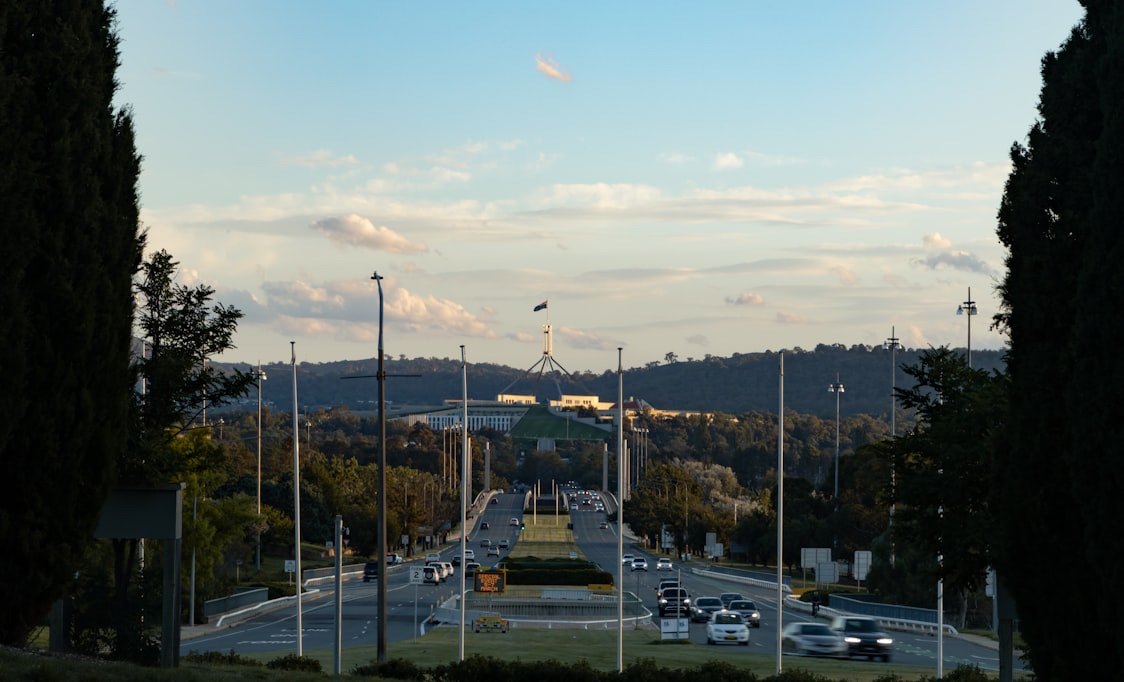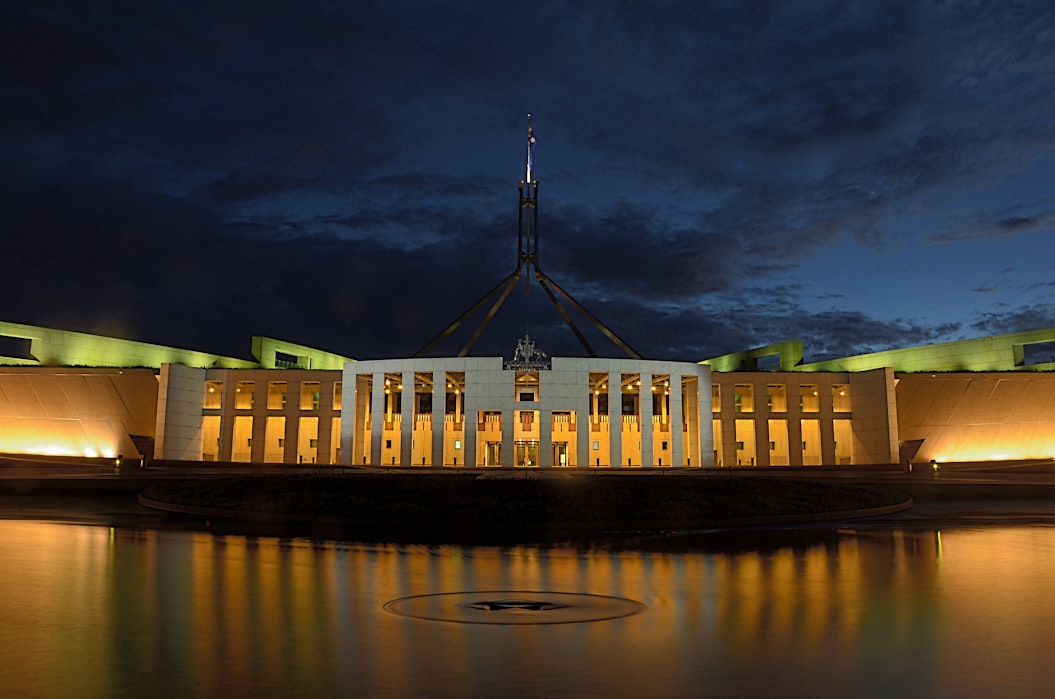The City of Norwood Payneham & St Peters has endorsed its first Built Heritage Strategy to ensure there are protections and polices in place to preserve the City’s history and character, now and into the future.
At the same meeting, the Council unanimously agreed to look into the feasibility of requesting an amendment to the State Government’s Planning & Design Code – with a focus on building heights and setbacks of new developments on The Parade.
The move followed a recent decision by the State Commission Assessment Panel (SCAP) which approved an eight-storey development at 120 The Parade, Norwood.
The Council made representations to the SCAP to oppose the building based on grounds of excessive bulk and scale. The Council’s planning staff also made the following submission to SCAP:
“The bulk and scale of the proposed building completely ignores its context. The Parade is a fine-grained street developed over time with small to moderate sized buildings……Further developments of this scale, height and bulk threaten the human scale of this important historic shopping street.”
Speaking after the Council meeting, Mayor Robert Bria said one of the key components of the Built Heritage Strategy was to advocate to the State Government, Members of Parliament and the Local Government Association (SA) for good policy outcomes with respect to heritage places and historic areas.
“This is exactly what tonight’s motion does and I am very pleased that the Council is acting so quickly on the actions of the 2022 – 2027 Built Heritage Strategy,” he said.
“The Strategy will enable the Council to identify its priorities for action, while clearly articulating our values regarding built heritage,” Mayor Bria said.
“The Strategy sets out a five-year plan to preserve and protect local heritage, fund heritage project initiatives and importantly, provide clarity for the community in regards to the timeline for Council’s heritage agenda,” he said.
“Over the past three decades, the Council, in partnership with the community, has been committed to recognising this our valued built heritage and increasing the level of protection of historic buildings that are important to our City which began with three separate entities in the mid-to-late 19th century.”
This effort has resulted in 73 State Heritage Listed properties, 661 Local Heritage Listed properties and more than 1464 Representative Buildings (formerly known as Contributory Items) in our City, representing approximately 10 percent of the local housing stock.
This Strategy is applicable to all elements of built heritage as recognised in the Planning Development & Infrastructure Act 2016, Heritage Places Act 1993 and the Planning & Design Code.
In addition, outlined in the Strategy is a list of challenges facing the Council and proposed responses – including how we the Council will collaborate, inform and build positive relationships with all stakeholders involved in managing built heritage, including the State Government.
To read the Strategy, visit: Built Heritage Strategy








